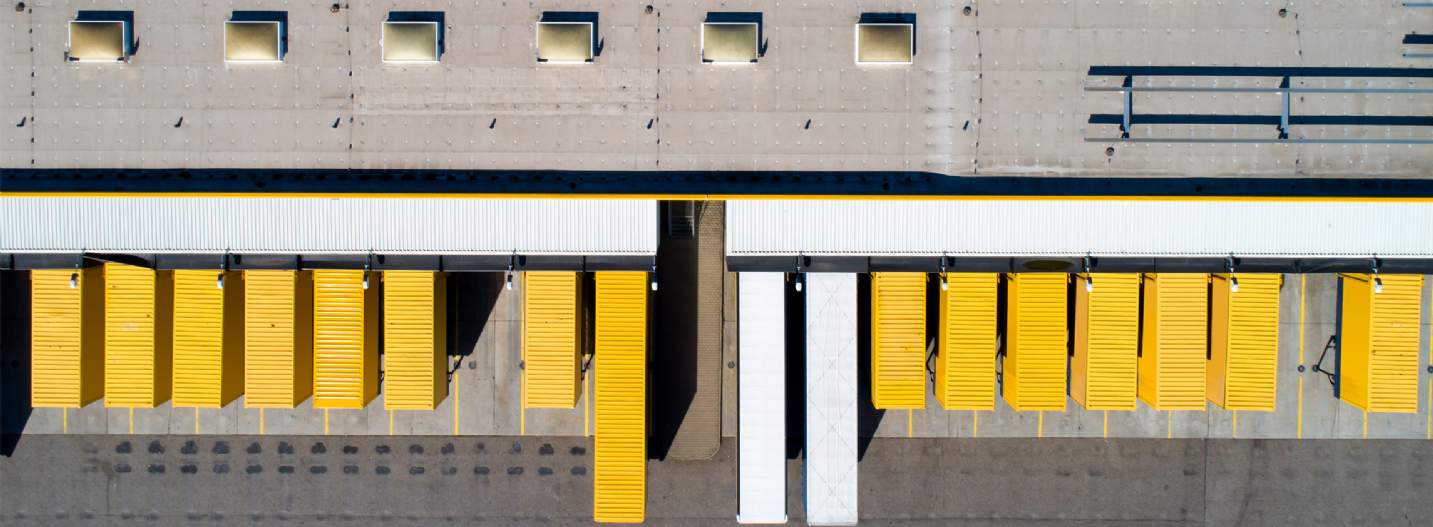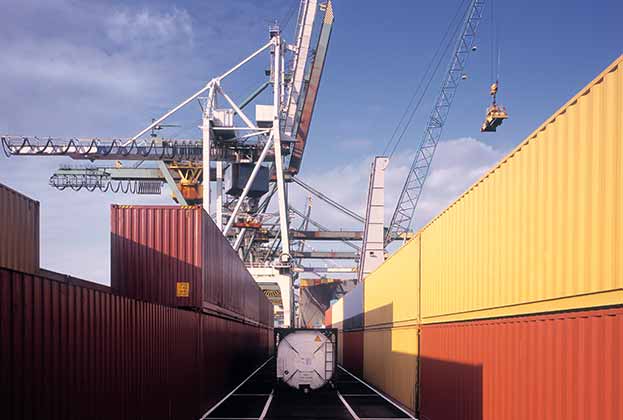Investment volumes continued to trend upwards in Q2, driven by greater consumer confidence and falling interest rates
Investment in the second quarter of 2024 continued to trend upwards, totalling €8.4bn. This was an increase of 3% compared to the previous quarter and was 14% higher than one year earlier. Crucially, investment volumes show a sustained recovery since investment volumes hit their nadir in Q1 2023.
This brought investment volumes for the first half of the year to €16.5bn, which was an increase of 17% increase compared to H2 2023 and 24% higher than H1 2023. Given that investment volumes in the first half of the year typically account for 46% of annual investment, historical trends suggest investment volumes should total close to €35.9bn by the end of 2024.
Time-based comparisons in smaller markets have remained highly volatile this quarter; Poland has seen the largest annual growth, increasing by 346%, but this is comparing the €35m invested in Q2 2023 to €156m in Q2 2024, driven by Q2 2023’s well below average quarter. Sweden’s annual comparison exhibits the same pattern, with investment volumes increasing by 203%.
Beyond Poland and Sweden, the largest increases in annual terms have been in France (+82%), Greece (+69%) and Germany (+42%). The markets seeing the greatest decreases were Belgium (-81%), the UK (-19%) and Italy (-19%). Most markets continue to underperform compared to their five-year average, with the exceptions of France (+41%) and Greece (+4%). The weakest markets by this metric were Belgium (-82%), Ireland (-64%) and Norway and Poland, both of which were 49% below their five-year average.
In terms of investment share, the industrial and logistics sectors accounted for 24% of investment in the first half of the year. After increasing sharply between 2020 and 2021, from 14% to 24%, logistics has successfully retained its share of investment even as the market has declined.
With interest rate cuts now a reality rather than hypothetical, we have seen the first quarterly decline in average prime yields since the start of 2022. The average prime yield across Europe fell by 3 bps in Q2 2024, partially reversing the 5 bps increase in Q1 2024. This left average prime yields across Europe at 5.30%.
There is still significant variation across Europe, with some markets seeing continued increases in prime yields, even as others start to decline. The largest falls in yields were in London (-25 bps), Paris (-25 bps), Oslo (-20 bps) and Copenhagen (-20 bps). Prime yields in the Netherlands continued to rise, increasing by 35 bps across all markets, while Lyon saw an increase of 10 bps.
The advent of looser monetary policy should now lead to a convergence in pricing expectations, with lower financing costs bringing leveraged buyers back into the market. As the year progresses, interest rate cuts should feed through into improving economic data, supporting further growth in the market and building confidence amongst investors. Questions remain as to who will be in the White House in 2025 and what their stance on international trade, which could have a significant impact on the logistics market.
As we have previously noted, Data from RealFinX shows that institutional target allocations for real estate assets have remained stable since 2022, and there is plenty of dry powder waiting to be deployed globally. As a result, there is potential for momentum to build quickly as the market recovers. Investor sentiment will be instrumental to investment volumes as we move towards the end of the year with plenty of existing capital, but little impetus to sell. On the other side of the transaction, many potential purchasers have started to rein in expected rental growth in their models which may be contributing further to the disparity in pricing expectations.
Read the articles within Spotlight: European Logistics Outlook – Q2 2024 below.


